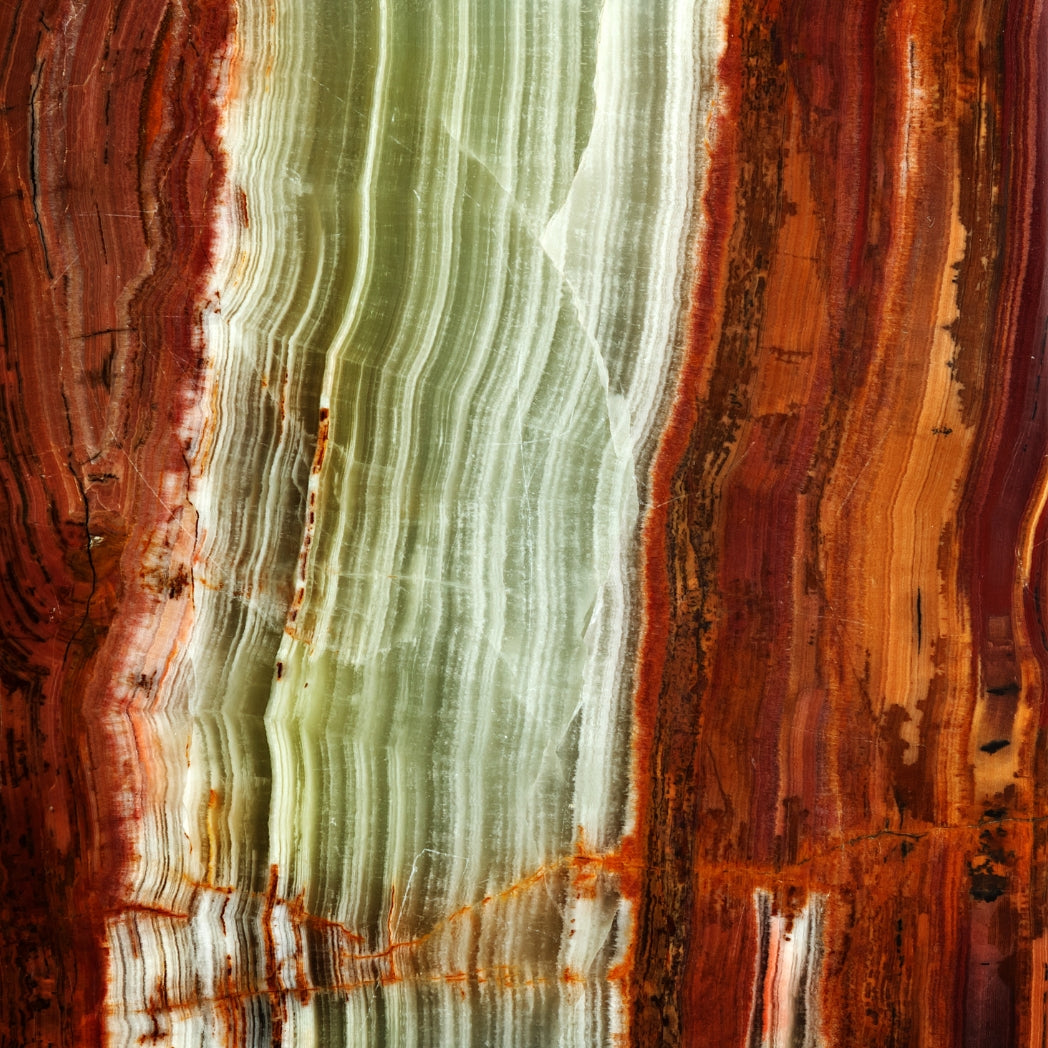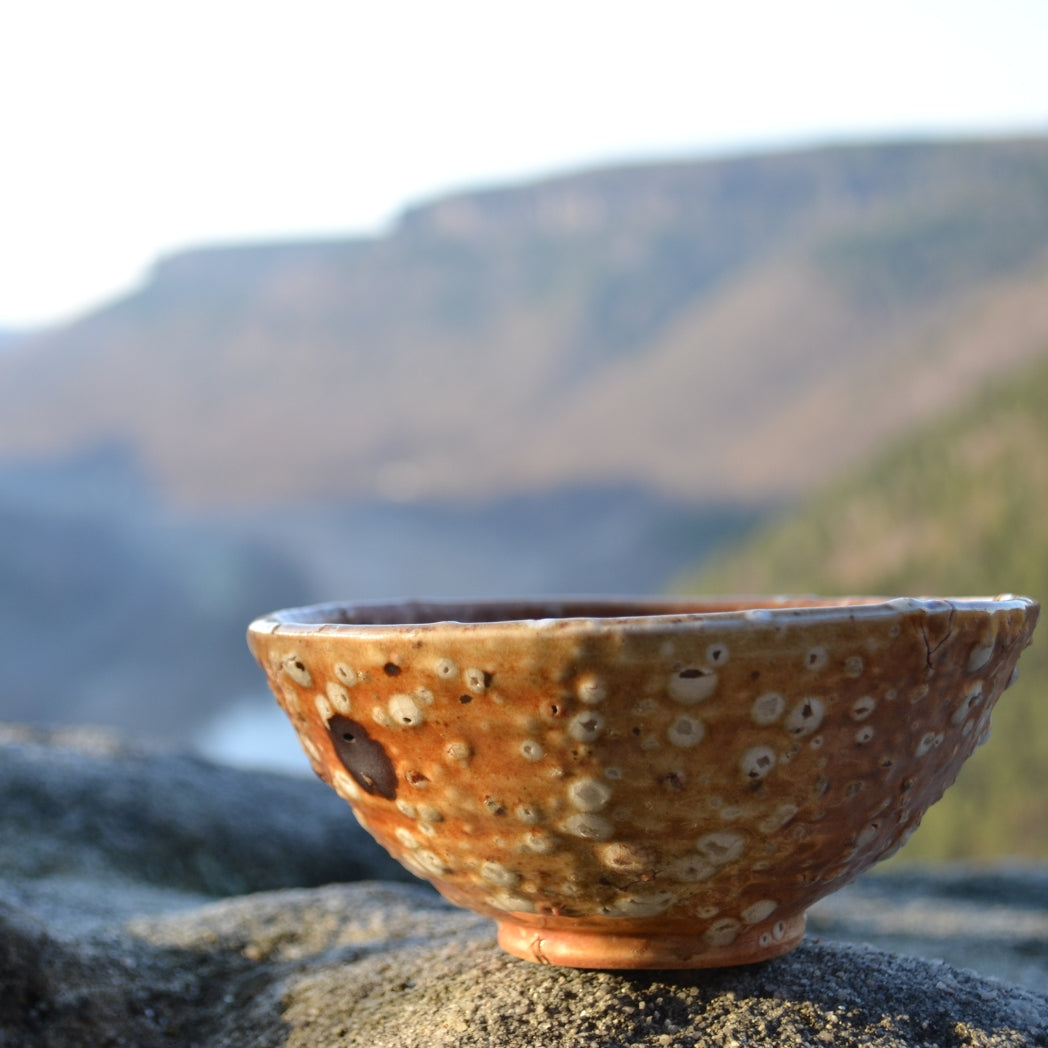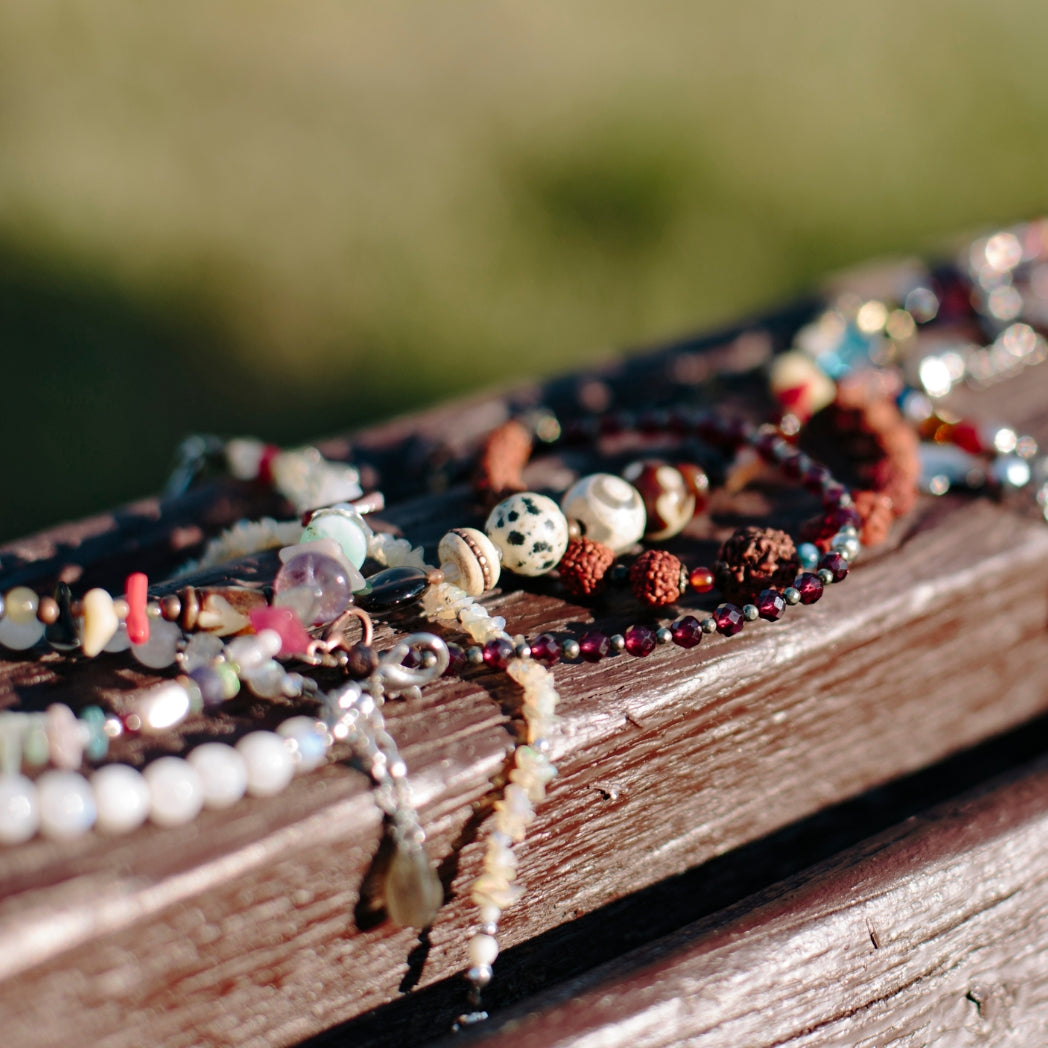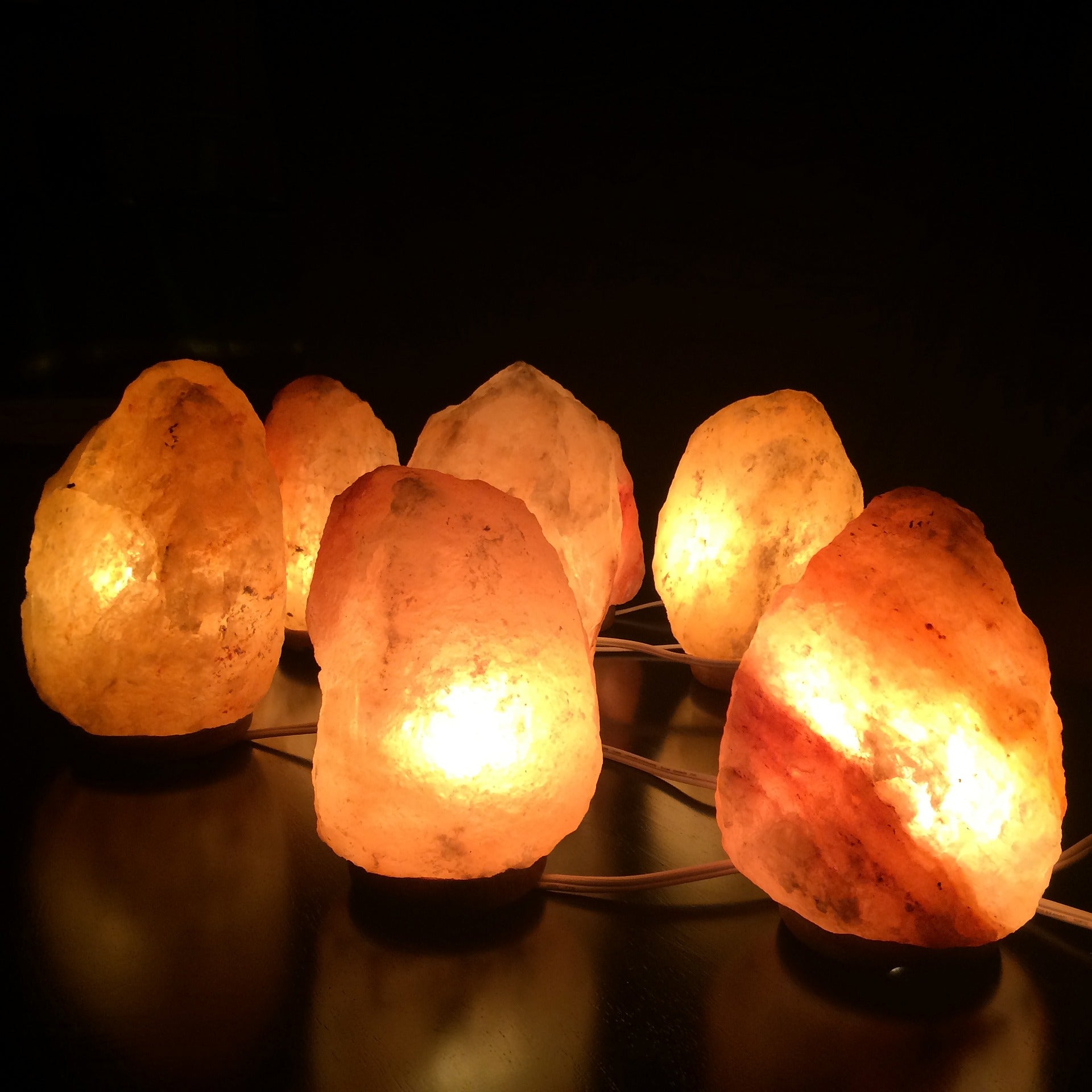What causes a Himalayan salt lamp to sweat? (Is it a fault?)
Why does my Himalayan salt lamp sweat? If you’ve never had a Himalayan salt lamp before you’re probably wondering why the surface seems to be leaking water but there is a simple explanation. Your lamp is made from natural crystal salt sourced from mines deep underground at the foot of the Himalayas. Each is crafted from a beautiful unique piece of crystal that has formed over millions of years but it is nevertheless salt and salt is naturally absorbent, it soaks up moisture. It is this property that helps it to detoxify the air. Think of the salt shaker that perhaps sits too close to the kettle and how it can clog up as the result of coming into constant contact with the steam. As well as salt crusting around the holes of the shaker you are also likely to see droplets of water. So while your Himalayan salt lamp is purifying the air it will also collect moisture and this is what gives it the appearance of sweating. It is part of its nature and by no means a fault. In fact, if your Himalayan salt lamp doesn’t collect moisture, it’s highly possible that it’s a fake. There are however steps you can take to ensure that your Himalayan salt lamp doesn’t sweat or leak excessively. It’s all about a little light maintenance.
Take care of your Himalayan salt lamp and it will be yours to cherish for a very long time.
What to do if a Himalayan salt lamp is sweating
Understanding the intrinsic nature of your Himalayan salt lamp is essential if you want to stop it from leaking or sweating. As we’ve explained, salt absorbs moisture and this attracts more moisture, so the way to prevent this is by keeping it dry and the best way to do this is by leaving it switched on. Because your Himalayan salt lamp is illuminated by a low watt bulb it’s pretty much OK to keep it on for long periods of time. Not only will it help increase feelings of wellbeing and help you combat a wide range of conditions from asthma to insomnia, but when your salt lamp is warm it will dry out and the problem of sweating will disappear.
How to prevent it sweating
There are a number of other ways you can help stop your Himalayan salt lamp from sweating. They include:
Leaving it on
To stop your salt lamp from sweating you should leave it on for at least 16 hours a day and for best results 24/7. Although we would advise you to switch it off when you left the house.
Giving it a wipe
Remove excess moisture by wiping your Himalayan salt lamp with a slightly dampened cloth. Do not use a wet cloth as this will dissolve the salt.
Paying attention
Pay attention to your lamp. If it starts to sweat, then that’s a sign that you haven’t had it switched on for long enough.
Watching the weather
Ensure that when the weather conditions are humid or wet, that your Himalayan salt lamp is switched on.
Placing it on a plate
If you find a puddle of moisture around your Himalayan salt lamp, don’t panic. This is perfectly normal. Just place it on a mat or plate if you can’t keep it switched on.
Putting it in a dry area
Keep it away from areas of the house that are excessively humid. For example, it might not be a good idea to place your Himalayan salt lamp in the bathroom if you don’t want it to sweat.
Keeping it indoors
Similarly, you might not want to place it outdoors, in a garden room, or anywhere in fact that is prone to humidity.
Storing it
When you are not using your Himalayan salt lamp keep it in its best condition by unplugging the cord and wrapping it up in a plastic bag.
Even if you want to place your Himalayan salt lamp in an area of the home that is especially prone to moisture, you shouldn’t worry too much about it as long as you keep it turned on and ensure it is carefully wrapped up when you are away on holiday. This is a crystal that has spent millennia beneath the earth and as long as you look after it, you’ll be able to cherish it for many more years to come. Why not take a look at our stunning range of Himalayan salt lamps and learn how beneficial they can be.










